Transboundary climate risks in Senegal: Opportunities for regional and international cooperation on adaptation
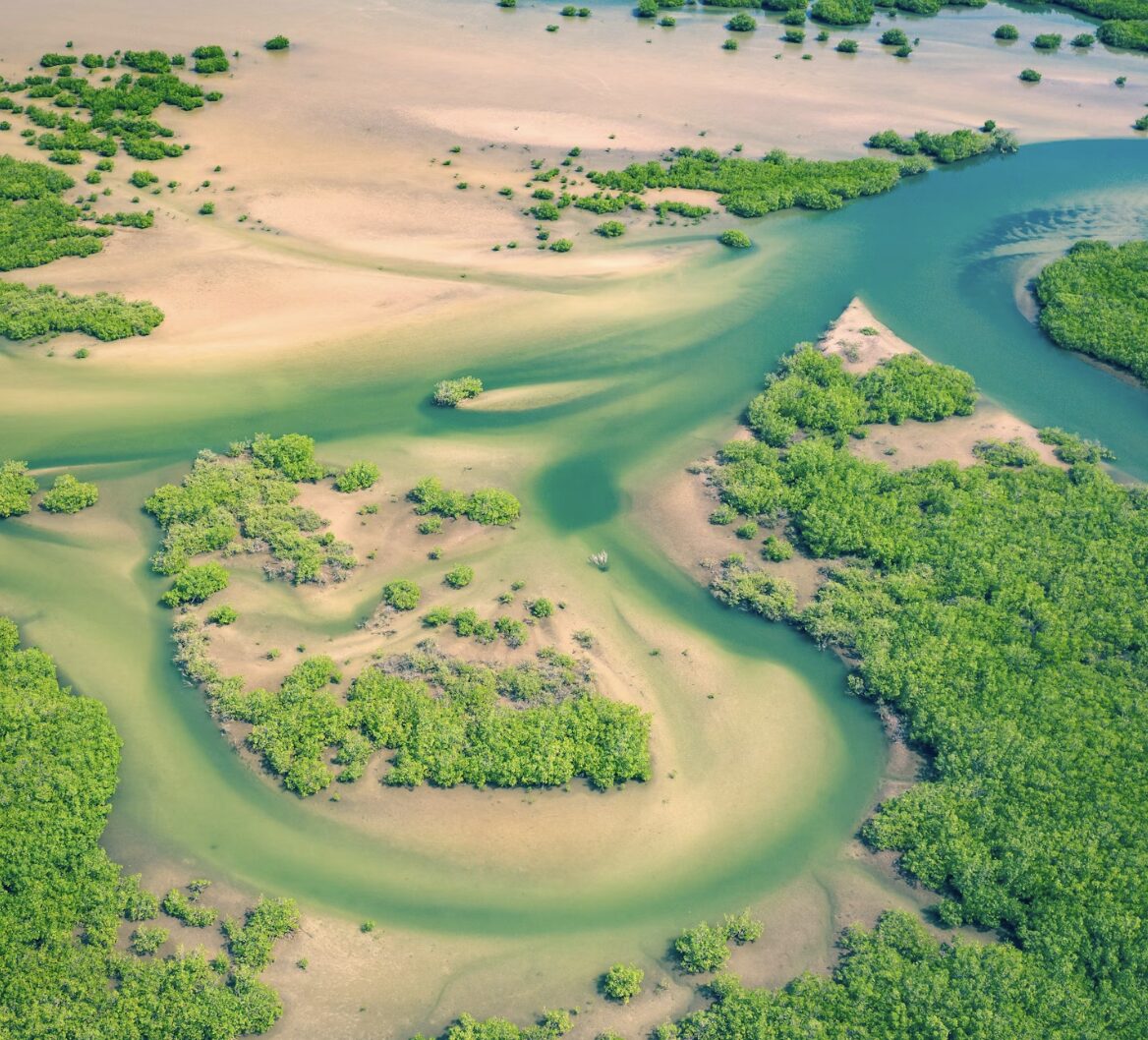
Introduction
Climate change adaptation poses an increasingly strategic challenge for countries like Senegal. Extreme and variable weather, sea-level rise, coastal erosion and ecosystem degradation directly impact the country, heightening the need for effective adaptation. These climate-driven challenges have been compounded by broader drivers of vulnerability. These other drivers include insufficient climate and development financing from the international community, and the lingering effects of debt accumulation, the 2008 global financial crisis, and the 2020-2021 pandemic. Planners and communities in Senegal are busy dealing with the myriad and complex challenges of adapting to the direct impacts of climate change at local scales. Meanwhile, new and emerging risks are surfacing. These new risks include the threat of international conflicts, trade wars, fragmenting global governance, and insecurity in the Sahel. All these forces add to the scale of the adaptation challenges in Senegal.
Senegal will not achieve climate resilience – the goal of adaptation – if it does not acknowledge and act on the cross-border dimensions of the problem. Indeed, overlooking these dimensions could limit Senegal’s potential to benefit from regional and international cooperation measures that offer solutions.
When it comes to exploring transboundary climate risks, the very term borders can mean multiple things. Borders include, but are not limited to, formal administrative or jurisdictional boundaries across different governance levels, from national to local. Other borders refer to conceptual boundaries, such as those determined by natural ecosystems, socio-cultural distinctions, or policy domains. These many notions of border surface, for example, through shared water resources and trade. It is important to acknowledge and integrate the climate risks that connect Senegal and other countries. These borders shape how to understand, manage and govern climate change impacts.
This is why the Adaptation Without Borders partnership and ENDA Energie have produced this report. It seeks to take a first step to support adaptation planners in Senegal by helping them identify key transboundary climate risks and to build on existing arrangements to devise potential adaptation priorities and solutions.
This article is an abridged version of the original text, which can be downloaded from the right-hand column. Please access the original text for more detail, research purposes, full references, or to quote text.
Building on existing, national plans and regional relationships
In the coming years, concerted and dedicated efforts to address transboundary climate risks are needed. Senegal can begin by:
- Signalling clear intentions and assigning responsibilities. The government of Senegal can indicate its clear intention to act on this agenda by assigning responsibility for transboundary climate risks to specific individuals within its adaptation team in the Ministry of Environment, and with adaptation focal points across government.
- Building on its nationally determined contribution (NDC). Senegal’s revised nationally determined contribution (NDC) offers a first opportunity to signal its intentions, priorities, and a willingness to do what is needed.
- Leveraging regional governance to enhance adaptation cooperation in the region. Several interlinked and cascading climate risks facing Senegal originate across the border in upstream and neighbouring countries; in the short term, Senegal is well positioned to initiate adaptation policy and planning cooperation with its West African neighbours. Senegal can build on existing regional cooperation agreements and governance arrangements for managing shared water resources to facilitate adaptation in the context of a broader set of interconnected sectors. Senegal can begin by:
- Undertaking needed planning for critical infrastructure.
- Integrating water management and dryland adaptation strategies to address the transboundary nature of livelihoods.
- Strengthening synergies between regional water governance and food security.
- Aligning regional water adaptation strategies with the needs of downstream communities.
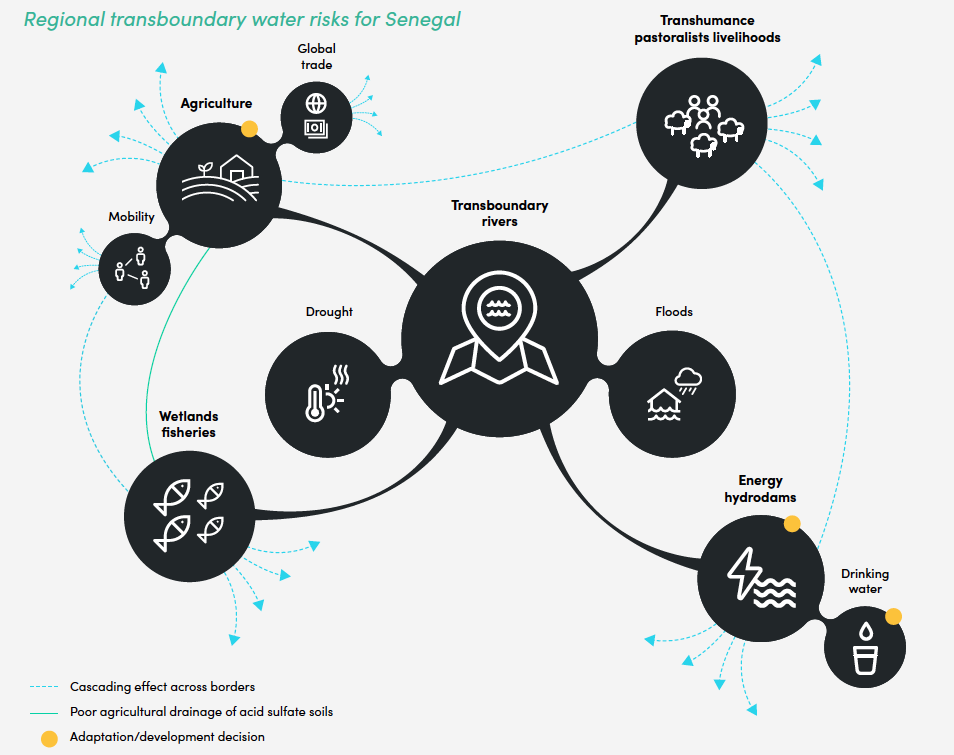
Learn more about regional climate risks on pages 13-16.
Addressing risks from geographically remote regions
It is also necessary to strategically address teleconnected climate risks – that is, those risks that result from Senegal’s interdependence with countries beyond West Africa. Systemic global risks interact with climate and nature, presenting big policy and governance challenges, especially in low- and lower-middle-income countries. Senegal’s pathway to align resilience with national priorities should seek to address structural trade imbalances and bring the topic of resilience into strategic dialogues with dominant trade partners. For example, discussions with the EU and China can highlight resilience in relation to the provision of critical commodities. Major trade partners are becoming more aware of their dependence on successful adaptation in countries like Senegal, for their own climate resilience. Senegalese leadership on this issue should be met enthusiastically by international partners inside and beyond the UN Framework Convention on Climate Change (UNFCCC). Given uncertainty in global politics and the complexity of the challenge, Senegal should seek to implement actions now rather than later.
Senegal can begin by:
- Initiating a strategic dialogue with the EU on shared climate resilience and strategic policy coherence. This dialogue can build on the EU’s policy work since 2016 on its own vulnerability to climate change impacts occurring outside of Europe.
- Exploring the creation of a groundnut climate resilience initiative. Explore options with actors from China to invest in and strengthen resilience throughout the groundnut value chain in Senegal.
- Co-leading an international coalition on rice resilience with other import-dependent and producing countries. Such a coalition can seek to advance political discussions on trade policy, trade reform, generate international support, and spur systemic investments from multilateral actors – for example by using climate adaptation finance. A goal should be to reduce volatility in international rice markets and thereby support food security and social stability in Senegal and coalition partner countries.
- Engaging partners to co-design cooperative responses to transboundary maladaptation – that is, actions that can lead to adverse outcomes. Senegal can begin to lead on this issue by engaging regional neighbours in shared learning processes and joint risk reduction plans, and by clearly identifying where transboundary maladaptation occurs.
To move forward on these or any other measures to adapt to transboundary climate risks, Senegal will need help: financial assistance, scientific expertise and governance support. Given the high demands already being placed on adaptation planners in Senegal, the international community must rise to meet this challenge. It can and should provide new and additional financial and technical support, and capacity building for the government and for Senegalese stakeholders who must be part of this process.
In these efforts, Senegal’s development partners have a key role to play. Senegal should urge development partners to support explicit initiatives, programs and projects that address transboundary climate risk at the national, regional and international scale. Moreover, development partners should also make the case internally within their own governments to better align national policies to contribute to coherent, systemic resilience, most obviously via trade and security policies, and via their broader contributions to global governance. In order to achieve systemic resilience globally, powerful donor countries need to act with more strategic coherence; development agencies can help to provide the insight and business case within government for this kind of coherent policy approach.

Explore teleconnected climate risks from across the globe in more detail on pages 17-22.
Acting now
Senegal can take concrete actions now to help address the risks that it faces from regional and global forces.
National actions
Three steps Senegal can take at the national level to address transboundary climate risks:
Step 1: Formally acknowledge transboundary climate risks. Explicitly recognize transboundary climate risks in Senegal’s updated nationally determined contribution (NDC), national adaptation plan (NAP), and other adaptation-related assessments and communications.
Step 2: Designate clear risk ownership of transboundary climate risks in Senegal. A central actor should coordinate cross-government responses to transboundary climate risks. This central actor should animate a wider, multistakeholder-shared vision of national resilience, including consideration of trade-offs between sectors and priorities. This position could be in the Ministry of Environment, the Prime Minister’s Office (The Primature), or the Presidency’s General Secretariat (Secrétariat Général de la Présidence de la République). In addition, clear responsibility should be assigned to sectoral leads in Senegal’s government and civil society.
Step 3: Integrate transboundary climate risks into negotiations. Transboundary climate risks should be considered when setting national negotiating positions in regional and international forums. In these forums, new or modified positions should be adopted to articulate and pursue Senegal’s interests in light of the transboundary nature of climate risks. New or modified positions should be adopted to articulate and pursue shared regional and even international (systemic) interests, via the inclusion of transboundary climate risks.
International actions
Three pathways Senegal can pursue through international cooperation to strengthen its resilience to transboundary climate risks:
Pathway 1: Mobilize financial support for science and research on transboundary climate risks.
- New investments are needed to support research for transboundary adaptation.
- Donor-led programs and international climate finance should be mobilized, and private investments enhanced to fund collaboration and data-sharing platforms. This will improve research and assessment of transboundary climate risks and risk-resilience relationships involving Senegal and international partners.Such efforts should focus on teleconnected risks – that is, those climate risks that propagate between geographically remote regions through means such as trade and value chains
- At the regional scale, existing knowledge-sharing platforms, such as early warning systems, should be leveraged to monitor transboundary risks and the effects of adaptation across borders.
Pathway 2: Raise awareness and build capacity related to transboundary climate risks within West Africa’s foreign policy community and with development partners.
- It is important to equip national policymakers interacting with international organizations and development partners with a greater awareness of transboundary climate risks and their relevance to bilateral relationships and international cooperation across a variety of fields beyond a narrow interpretation of climate change.
- A variety of approaches could be effective, including regional training and capacity-building programs and exchanges, bespoke training programs for Senegalese policymakers, and international exchanges. All countries are going through a similar learning process on transboundary climate risks at the same time, suggesting that international exchanges between African and non-African countries could be especially effective. Priority topics include the role of transboundary climate risks and adaptation in transboundary water, agriculture and trade networks.
- Specific briefings could be conducted for trade negotiators and government ministries of economy on the importance of transboundary climate risks for national interests, and coalition building with international partners.
Pathway 3: Build partnerships to shape new forms of international cooperation to address transboundary climate risks.
- Senegal could play a key role in facilitating regional partners to cooperate on new adaptation governance initiatives and in co-leading new coalitions in international processes to address cross border cascading risks. Development cooperation partners and international organizations could do much more to support such processes. For example, Senegal could seek funding and support to convene workshops and collaboration between regional partners on adaptation.
- Further, development cooperation could help with the pre-submission phase of a multi-country application to one of the major adaptation funds (i.e., Green Climate Fund or the Adaptation Fund) to address adaptation to transboundary climate risks.
Suggested citation
Anisimov, A., Benzie, M. and Seck, E. (2025). Transboundary Climate Risks in Senegal: Opportunities for Regional and International Cooperation on Adaptation. Adaptation Without Borders Report. Adaptation Without Borders.

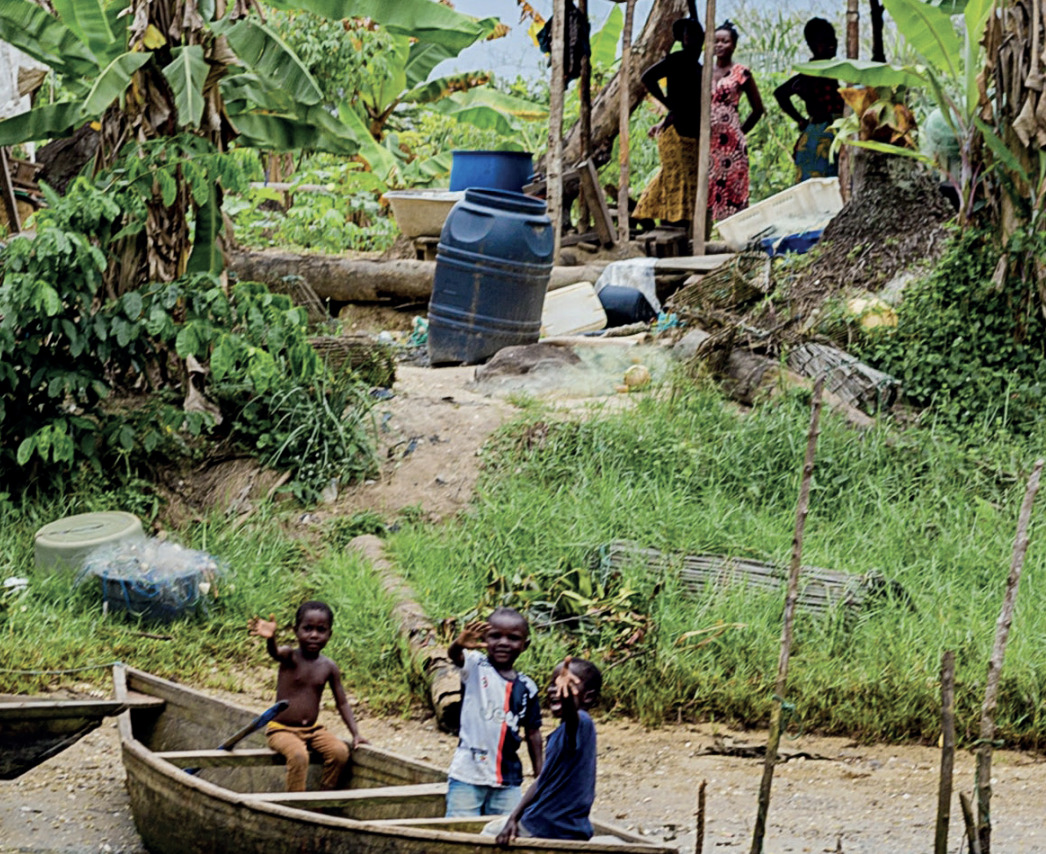
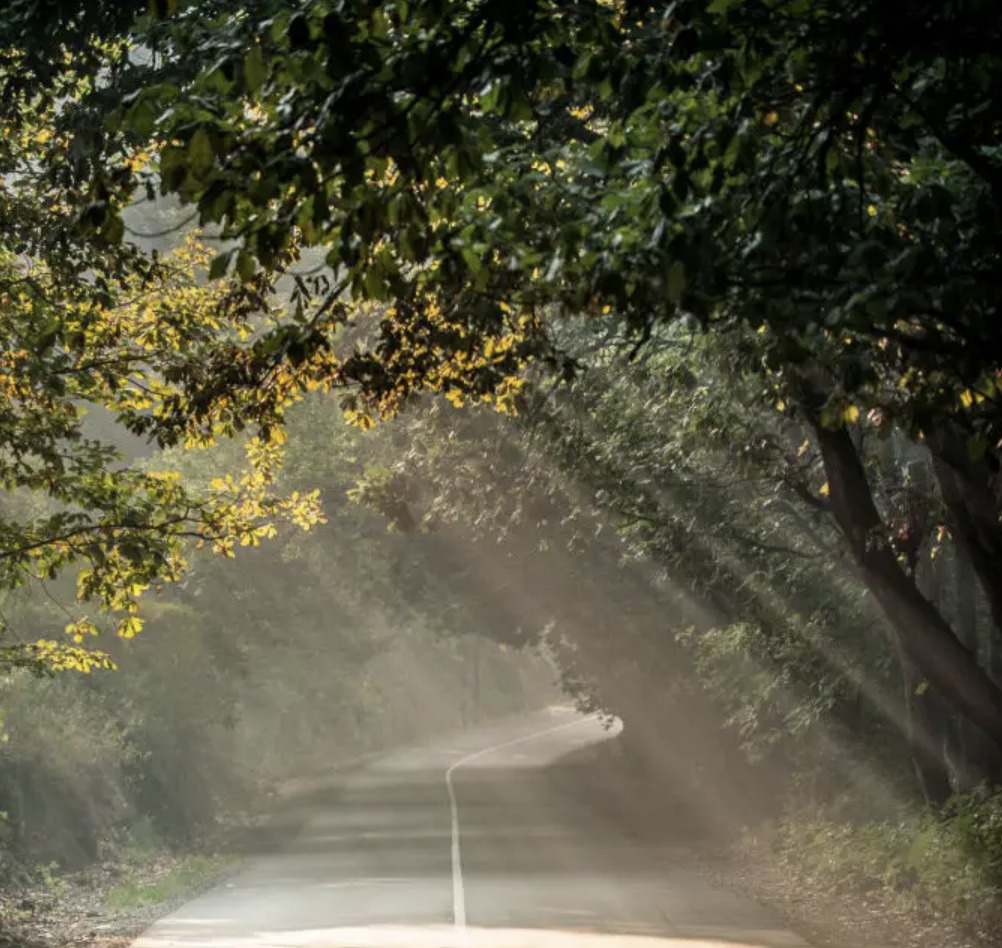
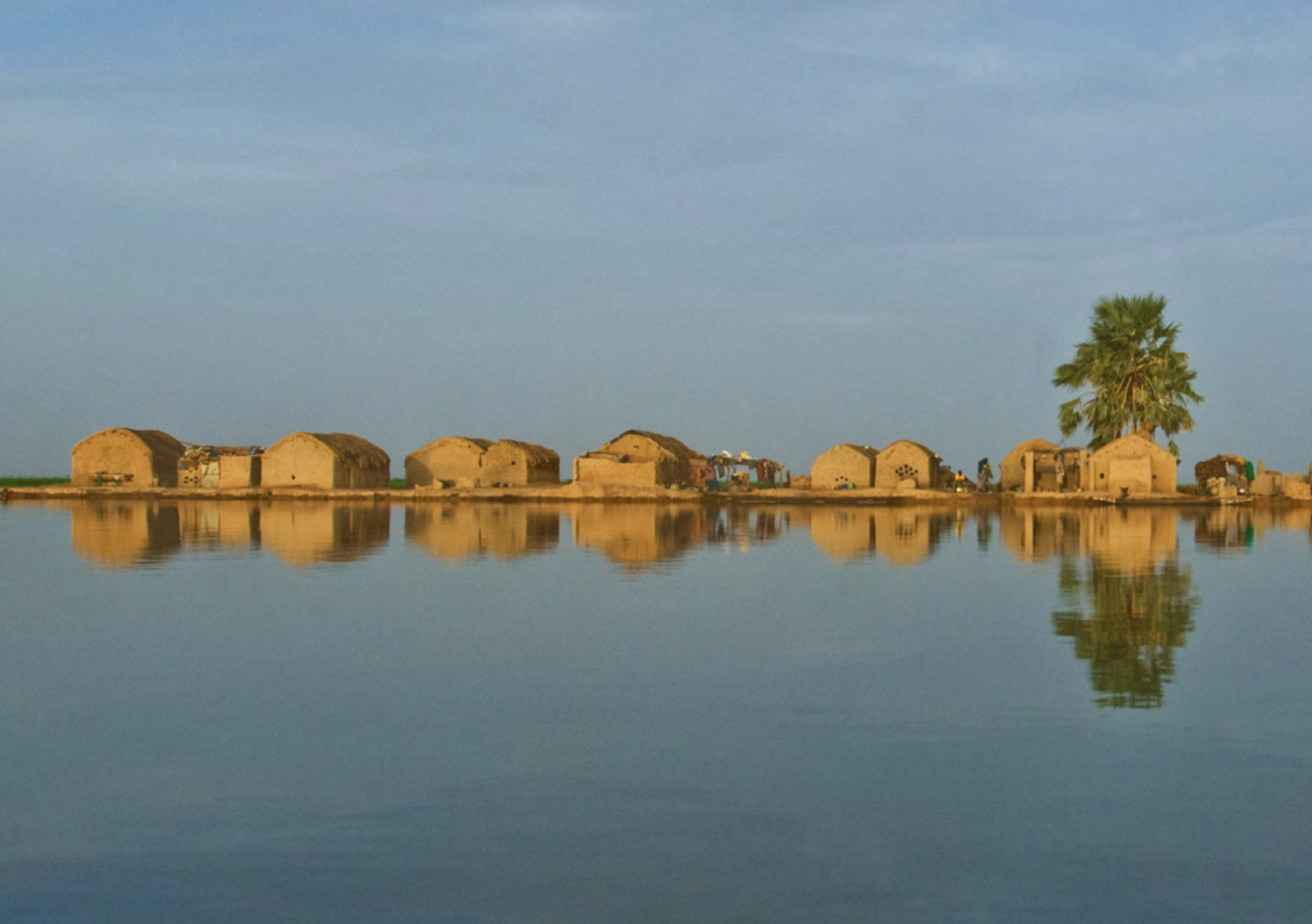
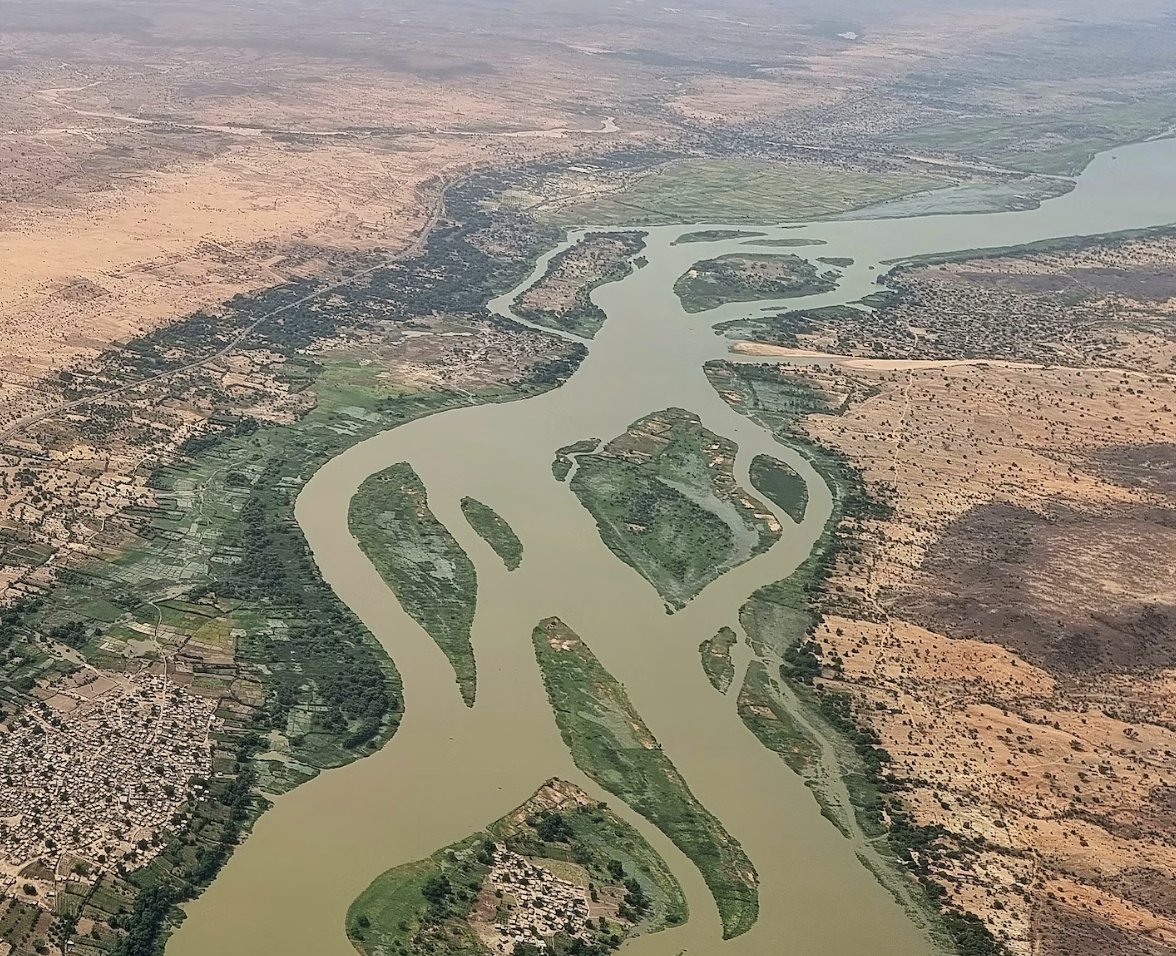

Comments
There is no contentYou must be logged in to reply.